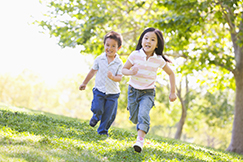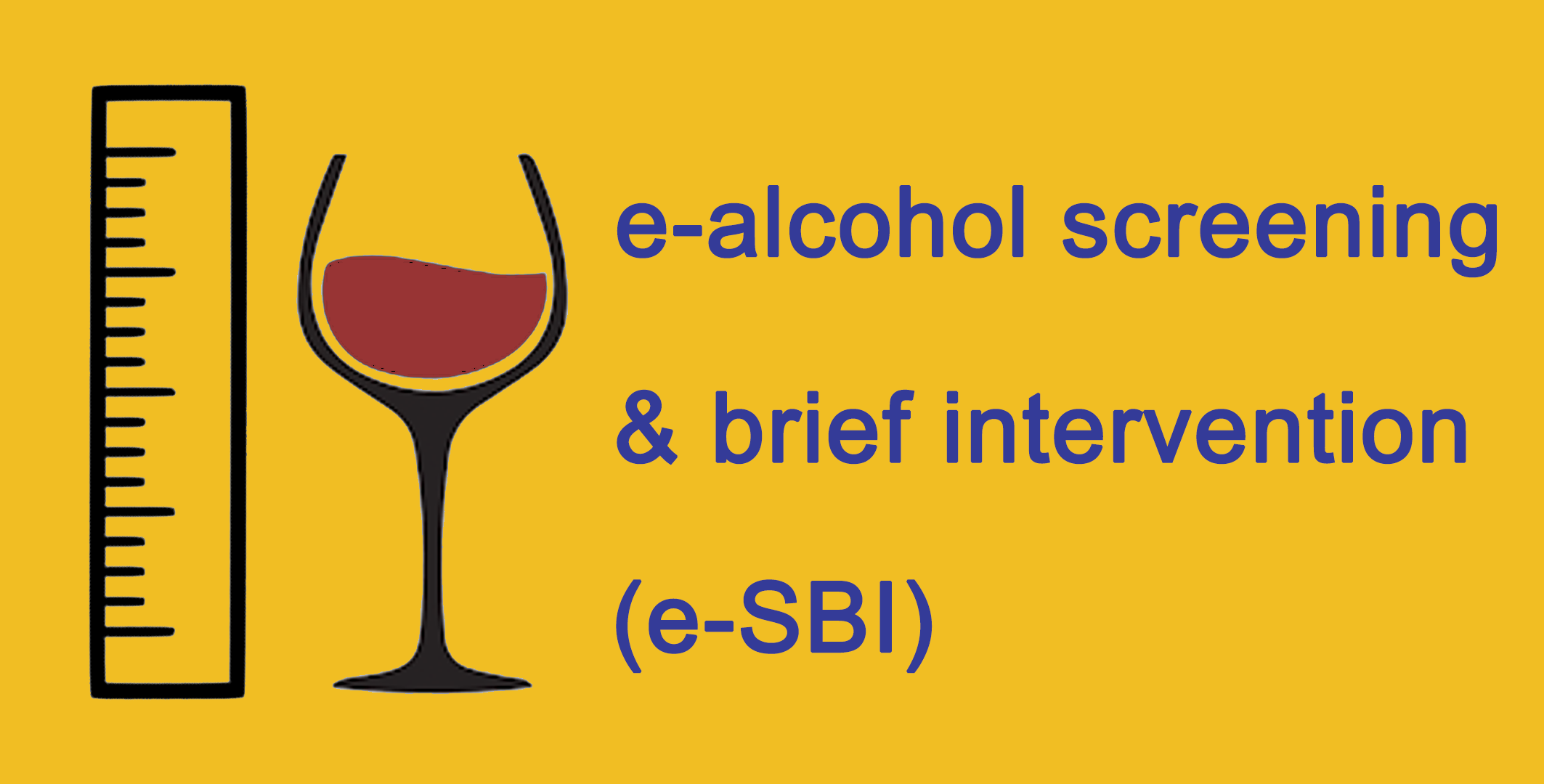NCD Watch
Active Kids Fare Better in School
28 Feb 2018 (Wed)
 There is conclusive evidence that multiple health benefits accrue when children and adolescents participate in sufficient level of physical activity every day. Compared with inactive children and adolescents, those who are physically active have higher levels of cardio-respiratory fitness, greater muscular endurance and strength, healthier body fat composition, better metabolic control, improved self-esteem or higher confidence, and reduced symptoms of anxiety and depression.
There is conclusive evidence that multiple health benefits accrue when children and adolescents participate in sufficient level of physical activity every day. Compared with inactive children and adolescents, those who are physically active have higher levels of cardio-respiratory fitness, greater muscular endurance and strength, healthier body fat composition, better metabolic control, improved self-esteem or higher confidence, and reduced symptoms of anxiety and depression.
Beyond these known health benefits, research also shows a positive association between children playing sport or being physically active and their ability to get better marks at school. A study of nearly 12 000 adolescents in the United States showed that active adolescents were 20% more likely to earn an “A” in mathematics or English compared with their sedentary peers.
Unfortunately, the importance of providing sufficient physical activity opportunities for children and adolescents is very often overlooked or undervalued. Using a grading framework (from A = excellent to F = failing) on nine international indicators related to physical activity behaviours and sources of influence, a systematic analysis showed that the “Overall Physical Activity Level” among children and youth in Hong Kong was poor, i.e. D grade with less than half of the children and youth meeting the daily recommended physical activity. “Family Support” was barely satisfactory (D grade) with only 37% of children and 23% of adolescents engaged in physical activity with the family at least once per week.
Parents and carers should be aware that a sufficient level of physical activity is not only vital for children’s physical growth and development, but also for their cognition and learning. Sacrificing children’s exercise or play time make way for school work or other academic activities has a price.
For children and adolescents, physical activity includes play, games, sports, transportation (e.g. walking or cycling), recreation, physical education or planned exercise, in the context of family, school, and community activities. Children and youth aged 5-17 years are encouraged to have at least 60 minutes of moderate- or vigorous-intensity physical activity every day. Preschool children should accumulate at least 180 minutes (i.e. 3 hours) of physical activity daily which consist of different types and intensity level of free play spreading over the day.
Followings are some suggestions for parents and carers to shape children’s behaviours for more physical activities—
- Act as a role model by being physically active;
- Encourage children to try various kinds of active play, participate in organised sports and develop the habit of walking;
- Help children select school-based or community physical activity programmes that meet their interests and development needs;
- Give children toys or gifts that promote physical activity, such as balls, rackets, skipping ropes or bikes, and play with them;
- Arrange outdoor activities and bring children to parks or beaches often, especially during weekends and holidays;
- Set time limits on television watching, video/computer game playing and internet surfing.






































